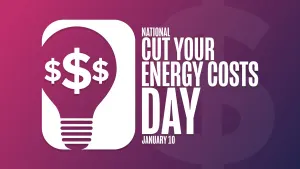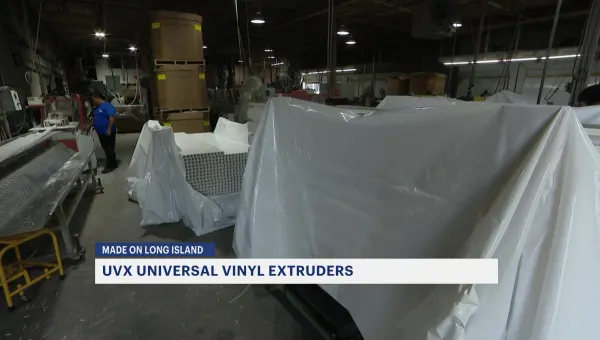Does a Big Screen TV Mean Big Energy Bills?
How does the size and brightness of your TV affect your energy bill? Here are tips to help you save!
News 12 Staff
•
Feb 9, 2022, 5:00 PM
•
Updated 810 days ago
Share:
More Stories

“Weather” it’s six more weeks of winter or an early spring we’ve got you covered
817ds ago
Money and energy saving tips for the new year
840ds ago
Get smart with your gift list
865ds ago0:11

Enjoy a delicious - and energy saving - meal this Thanksgiving with these tips from PSEG LI
887ds ago1:11

PSEG Long Island steps up support for veterans throughout November
899ds ago0:36

Is your home haunted?
913ds ago
“Weather” it’s six more weeks of winter or an early spring we’ve got you covered
817ds ago
Money and energy saving tips for the new year
840ds ago
Get smart with your gift list
865ds ago0:11

Enjoy a delicious - and energy saving - meal this Thanksgiving with these tips from PSEG LI
887ds ago1:11

PSEG Long Island steps up support for veterans throughout November
899ds ago0:36

Is your home haunted?
913ds ago
The content below has been provided by PSEG Long Island and has no editorial input from News 12 Long Island.
When it comes to watching TV, Americans like options. In fact, 71% of America’s 118 million households have two or more television sets, according to the U.S. Department of Energy (DOE). What’s more, 7 million households have five or more sets!
That’s a lot of TVs — and they’re only getting bigger. Screen sizes of 40 inches or more are quickly becoming the norm, and nearly 10 million households have at least one TV that’s 60 inches or more. Today’s TVs are flatter, lighter and brighter than older models, providing a better viewing experience.
That may leave you wondering, is that bigger TV taking a bigger chunk out of your energy bill? Unfortunately, there’s no definitive answer. It depends on the technology (LCD or LED), screen size and picture brightness. For instance, the larger the screen size the greater the energy use when the TV is turned on and displaying a picture. Today’s big screen models and all of the connected components can add nearly $200 to your annual energy costs, according to the DOE.
CNET measured the power use of different picture settings using TVs ranging in size from 32 to 65 inches. Settings included adjusting the brightness or light output of the television to a specific level. Since power use varies by brightness, it provides a direct comparison of energy use at different settings. The power draw ranged from 48 to 400 watts, at an annual cost of $10 to $80 per year.
LED TVs are thinner and more energy efficient than conventional LCD models, although they’re generally more expensive to purchase.
Energy-saving tips
Take these steps to improve the efficiency of your television without compromising picture quality:
• Reduce the contrast or picture control (brightness) to cut energy use nearly in half.
• Use the picture off setting (available on some models) when listening to the TV but not actively watching.
• Use the programmable timer (sleep timer).
• If your TV is equipped with a power save mode, use it.
• Turn off the TV, DVR and other connected components when not in use.
• Consider seating recommendations before purchasing a large screen TV. A smaller screen may be more appropriate for the size of your room.
When purchasing a new TV, make sure it’s ENERGY STAR® certified. ENERGY STAR TVs use, on average, 25% less energy than standard sets.
Save even more energy and money
• For more energy saving tips and tools visit our website here.
• For the latest PSEG Long Island ENERGY STAR® appliance and product rebates visit here.


















